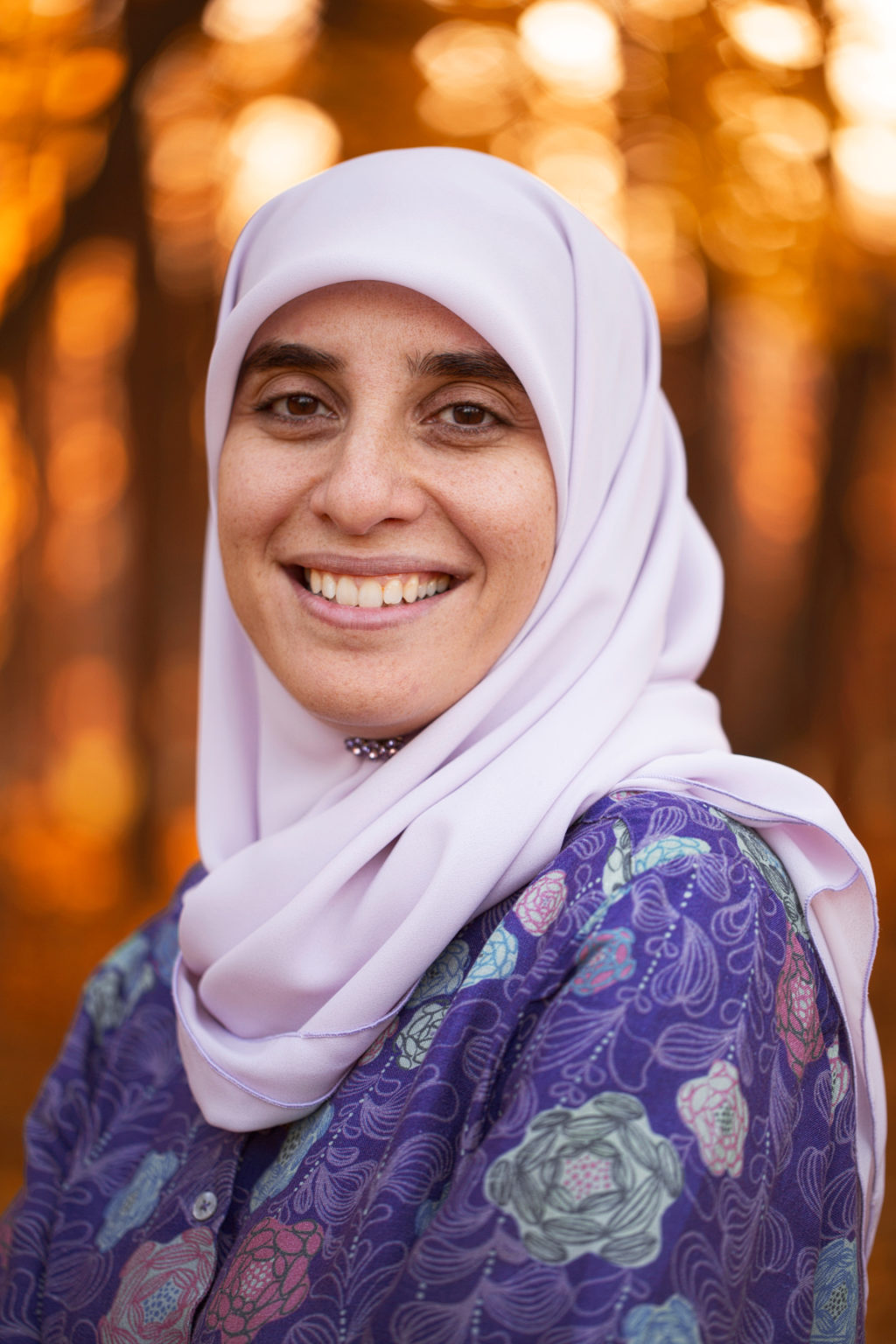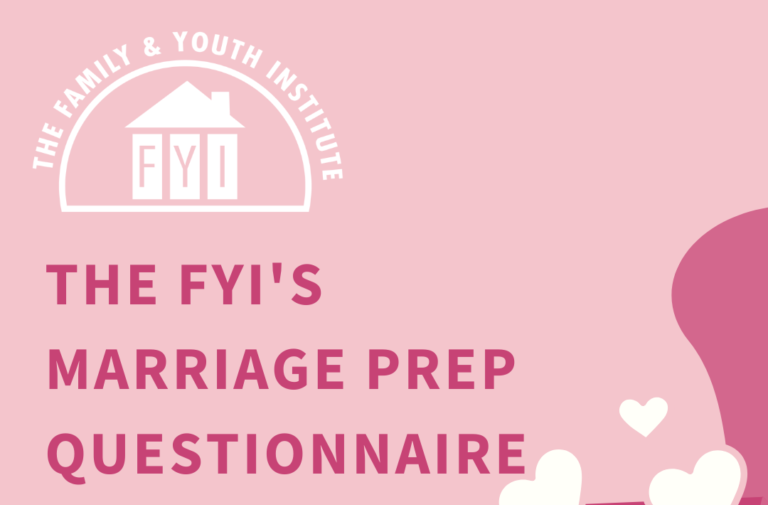
In the Soul Movie Guide series so far, we have discussed themes about death, purpose of life, our souls, and providing support to those who need it. In the final part of this series, we will be discussing the power of community and mentorship, and that representation matters. This final Part 4 is relevant for both parents as well as anyone working with youth in a mentoring capacity. Please note that the topics and themes in the movie may not be suitable for children younger than 11. This article is not intended for discussions with younger children. Find the previous articles by clicking the links below:
- Part 1: The Blessing of Knowing about the Afterlife
- Part 2: It’s the Journey That Matters
- Part 3: Our Souls and Brains Are Amazing
The Power of Community & Mentorship
One of Dez’s strengths in his barbershop is his powerful ability to hold space and actively listen to his clients. Holding space means giving someone your ear in a non-judgemental way with loving kindness. We notice how 22 was fully attuned with Dez, something he appreciated in her and did not notice previously with Joe in the past. This shows us the importance of emotional give-and-take in our relationships.
The Prophet (PBUH) and his companions were masters at holding space:
- When the tenderhearted Abu Bakr (ra) would cry as he read verses from the Qur’an, the companions would ask his reasoning so they could cry with him. (Bukhari)
- The Prophet (PBUH) would make every companion feel like they were the most loved and appreciated person in the room. Even in the midst of an army’s expedition, as in the Battle of Tabuk, he would notice the few companions who were missing and inquire about them. (Muslim)
- Everyone loved to be in the Prophet’s presence because they felt heard. Even children like Abu Umayr who lost his pet bird felt loved and seen by the Prophet (SWT) in his grief. (Bukhari)
Our Islamic tradition affirms that when we relieve the hardships of another, Allah (SWT) promises to relieve us of ours in both this world and the next.
In the example of 22, many of the negative statements she heard from mentors lowered her self-worth and her ability to see value in life. She shared not wanting to live life because “Earth is boring.” Sometimes, as adults, we assume that some youth are being defiant, when, in reality, they are simply putting up a front to protect themselves from failure or to reaffirm a negative message they received as a child. When we can see past that defensive barrier and focus on the strengths of our youth, we can lift their self-worth and help them see value in what they can offer to their community.
Powerful mentors do not give up on their youth. They learn from their mistakes and are adept at seeing the positive in each of their youth, helping them to see their own potential, even when they have difficulty doing so. Joe does this in his classroom, when he tutors Connie in her trombone playing, and towards the end, in his mentorship of 22. There is no better example of positive mentorship than that of the Prophet Muhammad (PBUH). For example:
A young man by the name of Abu Mahthoorah mocked Bilal’s (ra) call to prayer. When the Prophet PBUH overheard his mockery, he did not reprimand him, but took it as an opportunity to lift him up.
He said, “I heard you have a beautiful voice, will you not recite the athaan for me?” When he did and the Prophet PBUH affirmed how talented he was, Abu Mahthoorah felt touched. He later became one of the muezzins of Makkah and never forgot this inspiring moment with the Prophet.
Discussion questions for both parents and youth:
- How do WE hold space for others in our community?
- Do our masajid (mosques) and centers provide that environment to our youth and families?
- What characteristics should we strive for when creating a community that lifts its members up?
- What role do we play in mentoring youth in our community? Who do our youth look up to and strive to become?
- Do we give our youth uplifting messages that increase their self-worth?
- Do we train ourselves and model for our children that even as adults we need mentorship for growth?
- Do we take the time to share stories with our youth on what inspired us in our life’s story?
- What stories from the seerah can we share and discuss that show the power of community and mentorship?
- Ask your youth: Was there ever a time an elder or teacher said something (good or bad) to you that really made a difference in how you view yourself?
Where Soul got it right. Soul is celebrated as being the first Pixar movie to have an African-American protagonist. Many scenes provide a cultural glimpse of powerful Black spaces that uplift its community members. The movie also does a good job of portraying a number of strong, female role models that serve as guiding forces for Joe Gardner. Joe’s mother, Libba, demonstrates not only strength, but also humanness as a mother, and her ability to see, perhaps, the burden of her past decisions.
The diverse representation of New York City was also pleasantly surprising, such as seeing a few girls with hijabs (headscarves) and a seemingly Muslim male grocer. When individuals can see and hear themselves represented in the movies they watch, they feel valued and can better relate to the messages portrayed.
Where Soul got it wrong. Similar to other animated movies depicting characters of color, the main protagonist of the movie is given limited screen time. Before being able to dig into the many dynamics of Joe’s life, he gets turned into a blue blob within minutes of the film. Later on, Joe’s soul enters the cat, and 22, voiced by a White actress, embodies Joe’s body. For some, this may be unsettling as they try to reconcile a White woman’s voice coming out of a Black body, and symbolically, the erasure of Black identity. Finally, there is very little attention given to parts of Joe’s life that give his character depth as a Black man, such as his relationship to his dad. Ultimately, Soul’s story started out as being about Joe’s existence and a Black story to being about a story featuring Black characters. Although this movie is a step in the right direction, there is clearly room for improvement in narrating and depicting Black lives.
Discussion questions with youth:
- How did it feel seeing characters in the movie that might’ve looked like you?
- How does this movie compare to others when it comes to representation?
In conclusion, there is no doubt that some parents may be worried that showing this film to their children may somewhat confuse their understanding of the afterlife or some aspects of faith and creed. However, it may be inevitable that such a popular movie is one that your kids may be exposed to anyway, if not already, so why not be part of the experience? Watch this movie WITH your kids and use it this Movie Guide as a springboard for discussion. Although certain concepts may not be suitable for the pre-tween age group, the themes described in this guide create a framework for discussing both the mundane and abstract parts of daily living. By having discussions with tweens and teens, you can foster maturity, critical thinking, and love for the deen (religion), inshAllah.




